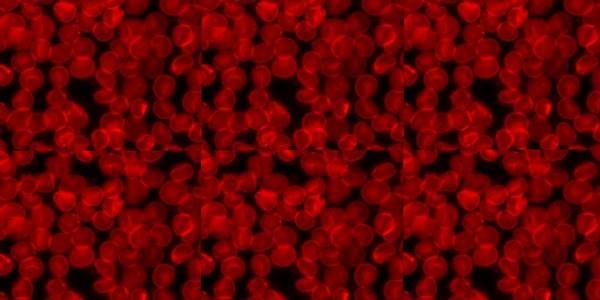What is blood type and how is it determined?

There are different types of blood
Although blood is made up of the same basic building blocks, not all blood types are exactly the same. There are 8 different types of blood groups, which are determined by the presence or absence of certain antigens.
Antigens are substances that can trigger a response from the immune system if the body perceives them as foreign and external.
Since some antigens can cause an acute reaction on the part of the immune system, before a blood transfusion it is very important to determine which blood types can be combined with which and to know the patient’s blood type for sure.
The AB0 system
There are 4 main blood groups according to the presence or absence of antigens A and B on the surface of red blood cells.
– Group A – has only antigen A on red blood cells (and antibody B in plasma);
– Group B – has only the antigen B on the red blood cells (and antibody A in the plasma);
– Group AB – has both A and B antigens on red blood cells (but neither A nor B antibodies in plasma);
– Group O – neither A nor B antigens on red blood cells (but A and B antibodies in plasma);
There is a specific way that blood types can be matched safely:
– Blood type 0 is a universal donor. People of this blood group can donate blood to anyone.
– People of blood type A can donate to people of blood type A and AB;
– People of blood type B can donate blood to people of blood types B and AB;
– People with blood group AB can only donate to AB, but can receive blood from all other blood groups;
In addition to antigens A and B, there is a third antigen called the Rh factor, which can be positive (when present) or absent (then said to be negative). Rh-negative blood is given to Rh-negative patients. Rh positive or Rh negative blood can be transfused to Rh positive patients.
– Universal blood donors have blood group 0, Rh negative;
– Universal blood plasma donors have blood group AB, Rh positive;
Blood types and the population
0 positive is the most common blood type. However, in all ethnic groups the ratio between blood types is different.
For example, the population of the Iberian Peninsula and Latin America has the highest percentage with blood type 0, while in Asia the high percentage of people with blood type B is distinguished. In some patients, it is necessary to do more in-depth analysis than simply defining the blood as AB0 +/–.
How is a child’s blood type determined?
Like eye color, blood type is inherited. Whether your blood type will be A, B, AB or 0 depends entirely on the blood types of your parents.
What are the possible combinations?
– If both parents have AB blood group, then the child’s possible blood groups are A, B and AB;
– If one parent is AB and the other is B, then for the child the possible combinations are again A, B and AB;
– If one parent is AB and the other is A, the possible combinations are A,B and AB;
– If one parent is AB and the other is 0, the possible combinations are A and B;
– If both parents have blood type B, most likely their children will have blood type B or 0;
– If one parent has blood type A and the other has blood type B, the children can have types A, B, AB and 0;
– If both parents have blood type A, the children have either A or 0;
– If one parent has blood type B and the other – 0, then the children will have either 0 or B;
– If one parent has blood type A and the other 0, the children will have either A or 0;
– If both parents have blood type 0, then their children will also have this blood type;



